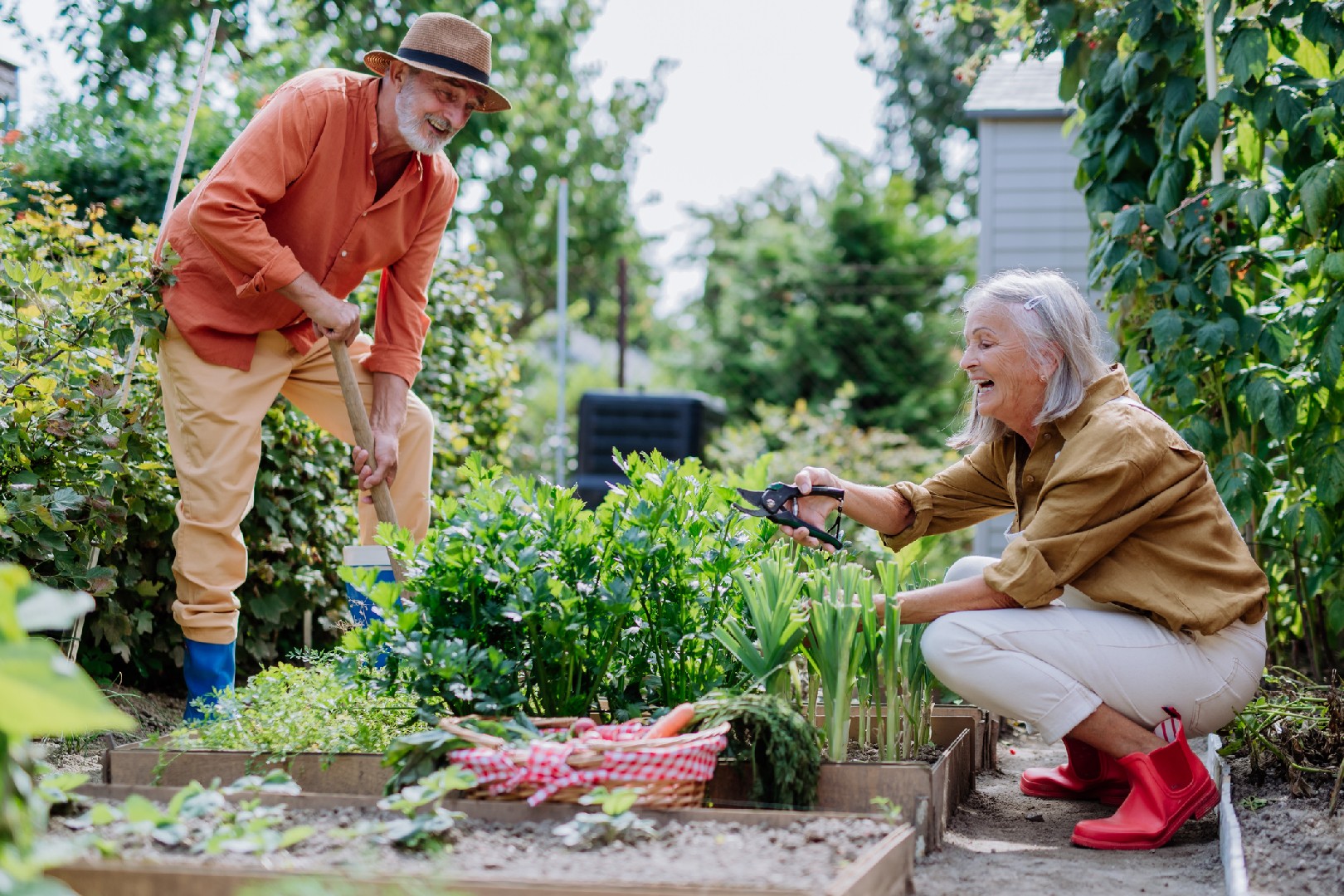![Rectangle]()
The No-Dig Gardening Method Explained
No-dig gardening, also known as lasagna gardening or layer gardening, is a gentle and effective approach to preparing soil for gardening. This method involves creating a garden bed from organic materials right on the ground surface, eliminating the need for digging and tilling. Whether you're a beginner or an experienced gardener, this method offers numerous benefits and can be applied to existing garden beds or starting from scratch.
To practice the no-dig gardening method, start by preparing the area where you want to create your garden bed. Clear the ground of any weeds or grasses, making sure to remove any roots as well. This step is crucial to ensure that the weeds won't grow back and compete with your plants for nutrients.
Once the ground is cleared, it's time to start building your garden bed. Begin by laying a layer of compost or well-rotted manure directly on the ground. This organic material will serve as the foundation of your garden bed, providing essential nutrients for your plants.
On top of the compost or manure layer, add a layer of cardboard or newspaper. This layer act as a barrier, suppressing weed growth and preventing them from penetrating your garden bed. Make sure to wet the cardboard or newspaper thoroughly to keep it in place.
Next, add a layer of straw, hay, or shredded leaves on top of the cardboard or newspaper layer. This layer serves as a mulch, retaining moisture in the soil and preventing weed growth. It also helps to regulate soil temperature, keeping it cooler in hot weather and warmer in cold weather.
Continue layering organic materials such as grass clippings, vegetable scraps, and wood chips on top of the straw or hay layer. Each layer should be around 2-4 inches thick. Make sure to water each layer as you go to keep the materials moist and aid decomposition.
After completing the layering process, let nature take its course. Over time, the organic materials will decompose, creating a nutrient-rich soil for your plants. The layers will gradually break down, allowing plant roots to penetrate and establish themselves.
One of the key advantages of the no-dig gardening method is its ability to improve soil structure and fertility. Unlike traditional gardening methods that disrupt the soil structure through digging and tilling, the no-dig method promotes the growth of beneficial organisms such as earthworms and microorganisms. These organisms help to break down organic materials, aerate the soil, and improve nutrient availability for plant roots.
In addition to its soil improvement benefits, the no-dig method also requires less maintenance compared to traditional gardening. The layers of organic materials act as a natural weed barrier, reducing the need for frequent weeding. The mulch layer helps to conserve moisture, reducing the frequency of watering. Overall, this method saves both time and effort, allowing you to enjoy gardening without the back-breaking labor.
So, whether you're starting a new garden bed or revitalizing an existing one, consider embracing the no-dig gardening method. It's a gentle and effective approach to soil preparation that offers numerous benefits, including improved soil structure, fertility, and reduced maintenance. By following the simple steps outlined above, you'll be well on your way to mastering this sustainable gardening technique and reaping the rewards of a thriving garden.





